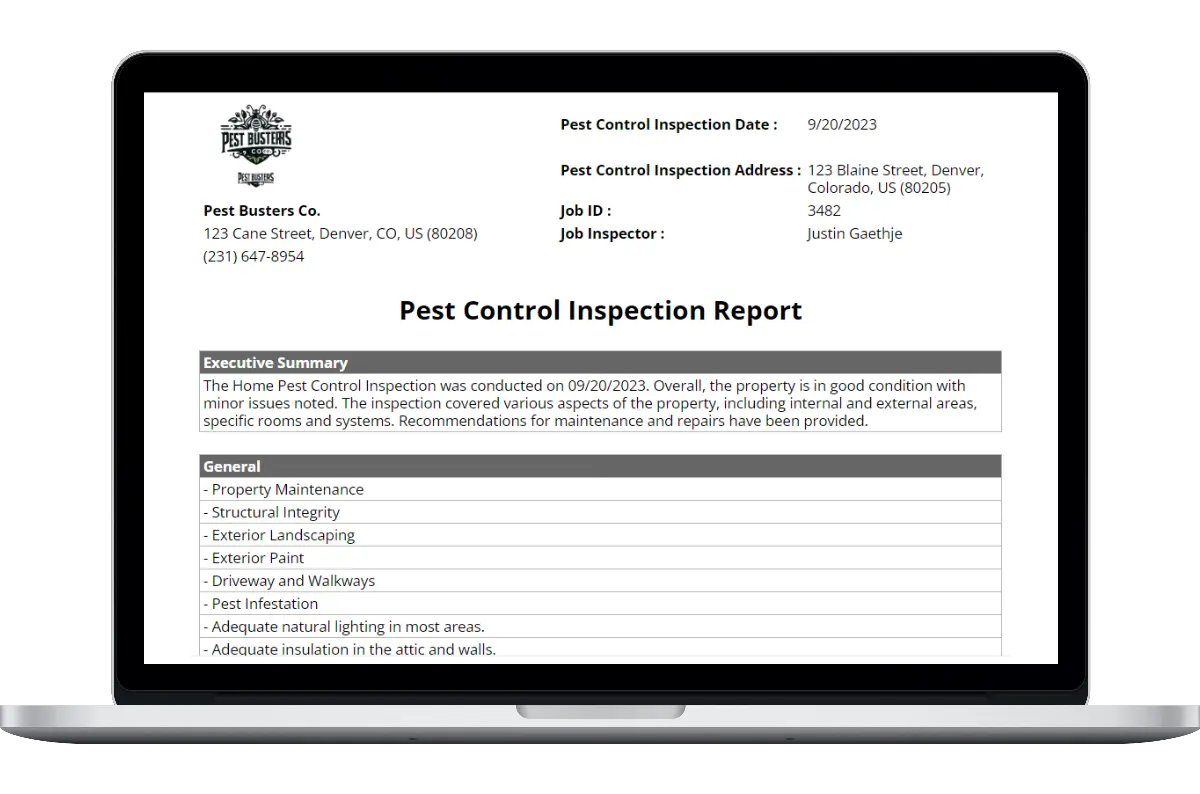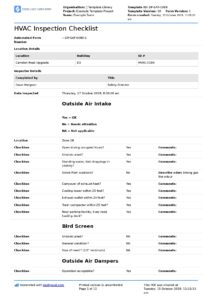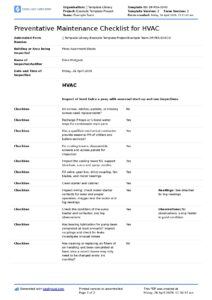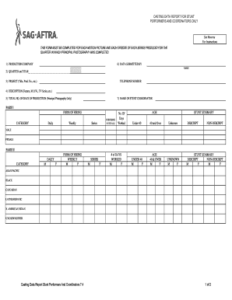Ever wondered how professional pest control companies keep track of their work, communicate effectively with clients, and maintain a high standard of service? The secret often lies in a well-structured pest control service report template. These reports are far more than just paperwork; they are essential tools that bridge the gap between a service call and a satisfied customer, ensuring transparency, accountability, and continued success in pest management.
Imagine a scenario where a technician visits your home, deals with a persistent ant issue, and leaves without providing any written details. You might wonder exactly what was done, what products were used, or what you should expect next. A comprehensive service report eliminates such uncertainties, offering a clear record of the entire visit. It’s about building trust and demonstrating professionalism, showing clients that their concerns are taken seriously and that every step of the process is meticulously documented.

For pest control businesses, a standardized report template streamlines operations, reduces errors, and helps comply with industry regulations. It ensures that every technician collects the necessary information consistently, making it easier to track progress, schedule follow-ups, and even train new team members. Ultimately, a good pest control service report template isn’t just a formality; it’s a cornerstone of excellent service delivery and a testament to a company’s commitment to quality.
Understanding the Essential Components of a Service Report
When crafting a pest control service report template, you are essentially creating a roadmap of every interaction and intervention. This document needs to be comprehensive yet easy to understand, providing all relevant details for both the client and internal record-keeping. It typically begins with basic client and service information, such as the client’s name, address, contact details, the date and time of service, and the name of the technician performing the work. This foundational information ensures proper identification and record linkage.
Following the initial details, the report moves into the core of the service visit. This section often includes a detailed description of the pest problem reported by the client, the type of pest identified during inspection, and the extent of the infestation. It’s crucial to document the specific areas inspected, noting any evidence of pest activity such as droppings, gnaw marks, nesting sites, or live specimens. The more thorough the inspection notes, the more accurate the treatment plan will be, and the clearer the communication with the client.
The treatment applied section is arguably one of the most critical. Here, technicians should record every aspect of the intervention, including the specific pesticides or control methods used, their application rates, locations of application, and any equipment utilized. For non-chemical treatments, like trapping or exclusion, detailed descriptions of these actions are equally important. This level of detail is vital for safety, regulatory compliance, and future reference, especially if a follow-up visit is required.
Client Communication and Next Steps
A truly effective pest control service report template doesn’t just detail what happened; it also guides the client on what to expect and what actions they might need to take. This is where recommendations for future prevention and any necessary follow-up actions come into play. Clear, actionable advice empowers clients to play an active role in maintaining a pest-free environment and significantly contributes to long-term success.
- Specific cleaning instructions to reduce food sources
- Recommendations for sealing entry points or making structural repairs
- Information on expected timelines for pest activity to subside
- Details about any scheduled follow-up visits or monitoring
- Safety precautions for occupants and pets following treatment
Finally, a space for client signatures acknowledging receipt of the report and understanding of the service provided adds another layer of professionalism and legal protection. This comprehensive approach ensures that all parties are informed, expectations are managed, and the service report serves as a valuable tool for effective pest management.
Boosting Business Efficiency with a Standardized Template
Implementing a standardized pest control service report template across your entire operation offers immense benefits that extend beyond mere record-keeping. For starters, it dramatically improves operational efficiency. Technicians can complete reports quickly and consistently, spending less time on administrative tasks and more time on actual pest control. This consistency also means that data collected across different jobs and technicians is uniform, making it easier to analyze trends, assess the effectiveness of various treatments, and refine service protocols.
Furthermore, a well-designed template acts as an invaluable training tool for new hires. It provides a clear framework for what information needs to be collected and how it should be presented, ensuring that even inexperienced technicians adhere to company standards from day one. This reduces the learning curve and helps maintain a high level of service quality across your entire team. When every report looks professional and contains all necessary information, it reflects positively on your brand and reinforces your commitment to excellence.
Beyond internal efficiencies, a standardized report enhances customer satisfaction and retention. Clients appreciate clear, legible, and comprehensive documentation of the services they receive. This transparency builds trust and confidence in your company. Such reports can also serve as a vital communication tool during follow-up visits or for addressing any client queries, making it easier to recall past services and demonstrate ongoing value. This proactive approach to documentation fosters stronger client relationships and contributes to the overall success and growth of your pest control business.
- Streamlines data entry and reduces potential errors
- Ensures regulatory compliance with detailed service records
- Provides a clear audit trail for quality control and accountability
- Enhances professional image and client confidence
- Facilitates better communication between technicians, office staff, and clients
The thoughtful creation and consistent use of a detailed service report transform a routine task into a powerful asset for any pest control business. It’s not just about filling out forms; it’s about establishing a benchmark for quality, ensuring legal compliance, and fostering strong, lasting relationships with clients. By meticulously documenting every aspect of a service visit, businesses can demonstrate their expertise and commitment to delivering exceptional results.
Embracing a robust reporting system ensures that every service call contributes to a growing body of knowledge and best practices within the company. This dedication to thoroughness not only elevates the standard of service but also empowers the business to continuously improve, adapt, and lead in the ever-evolving world of pest management, ultimately securing its place as a trusted provider in the community.



